The road to recovery from substance abuse is a journey made up of many emotional highs and lows. One of the first emotional shifts some people experience is known as pink cloud syndrome.
While this phase may feel uplifting and full of hope, it can also be misleading if not fully understood. This article explains the pink cloud phase, how long it lasts, what comes after, and how to prepare for the next stages of recovery.
